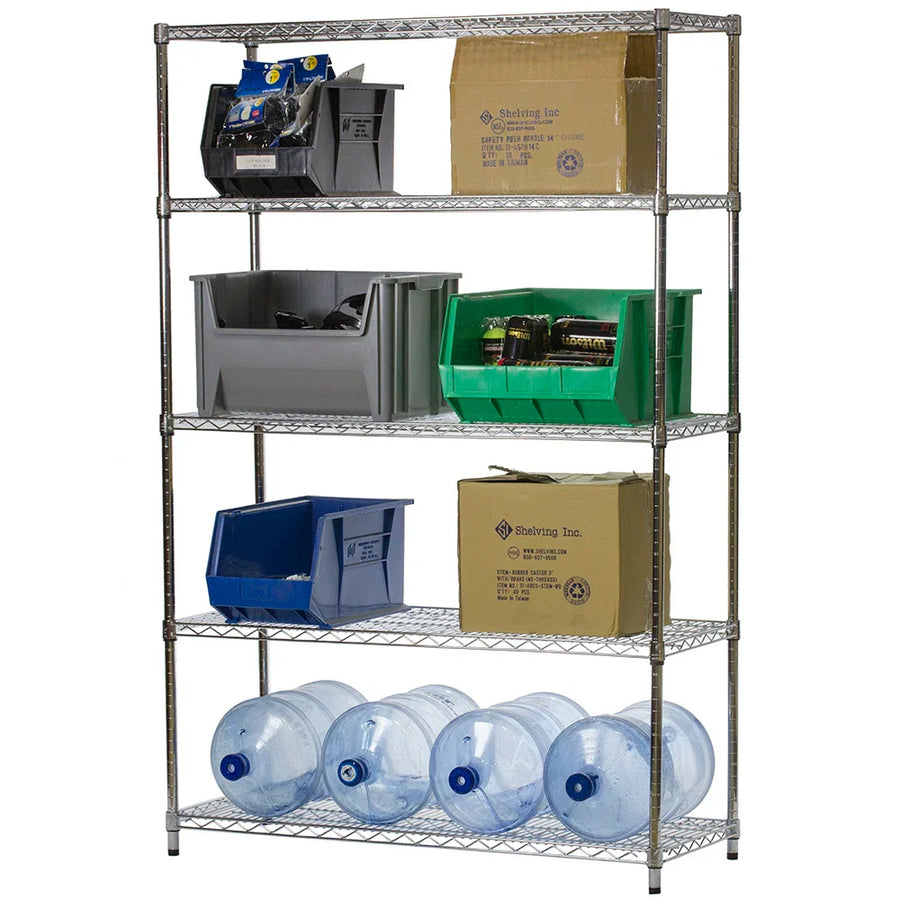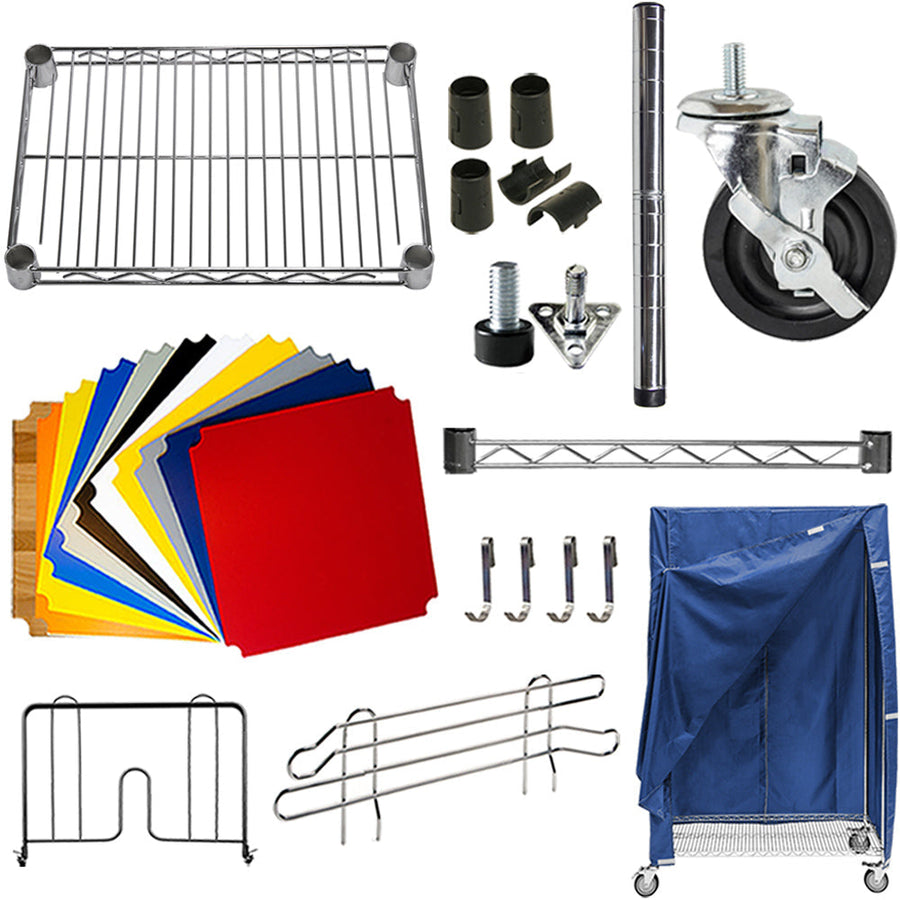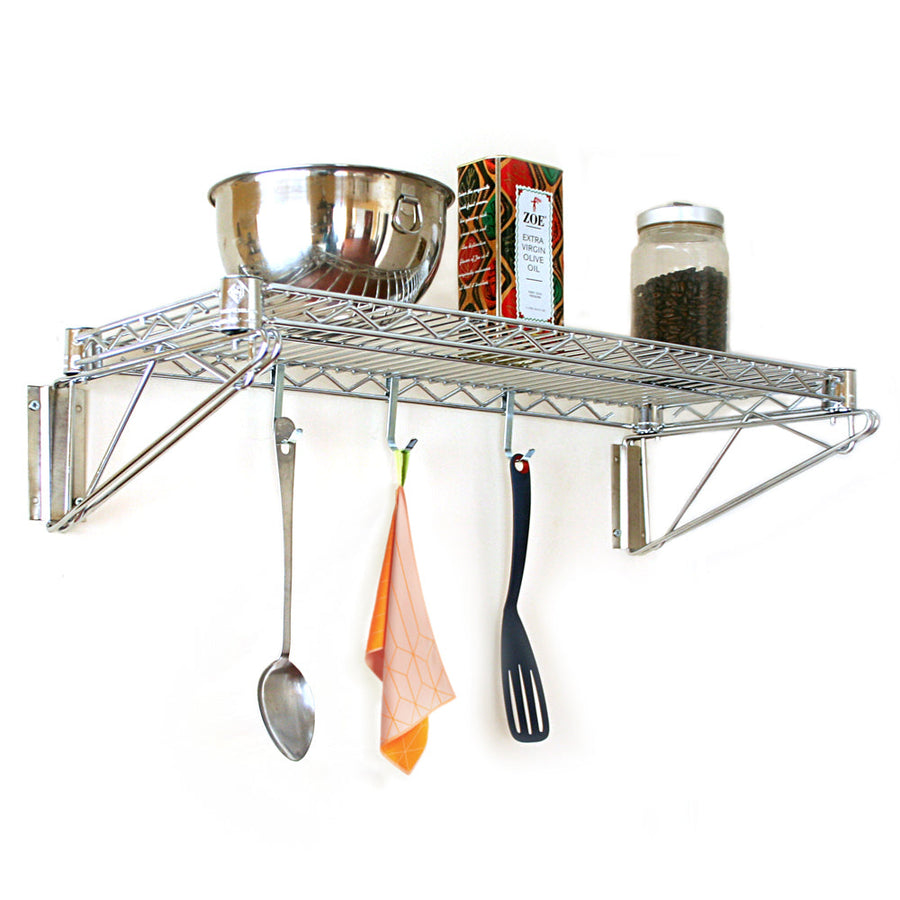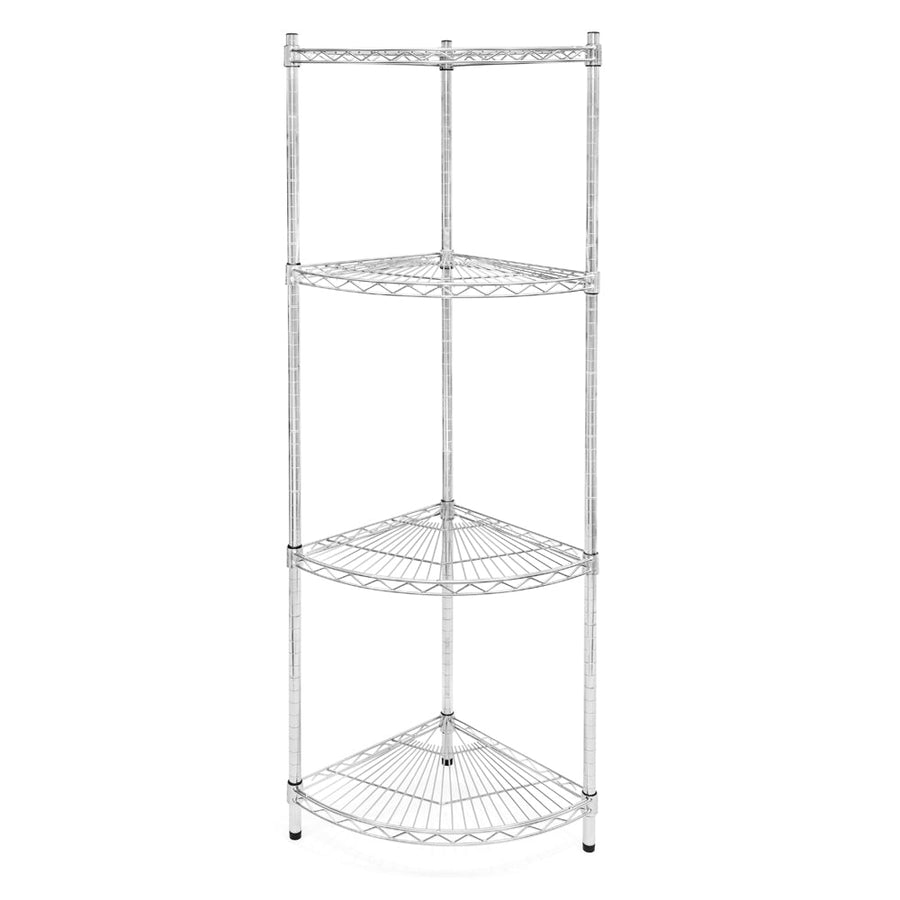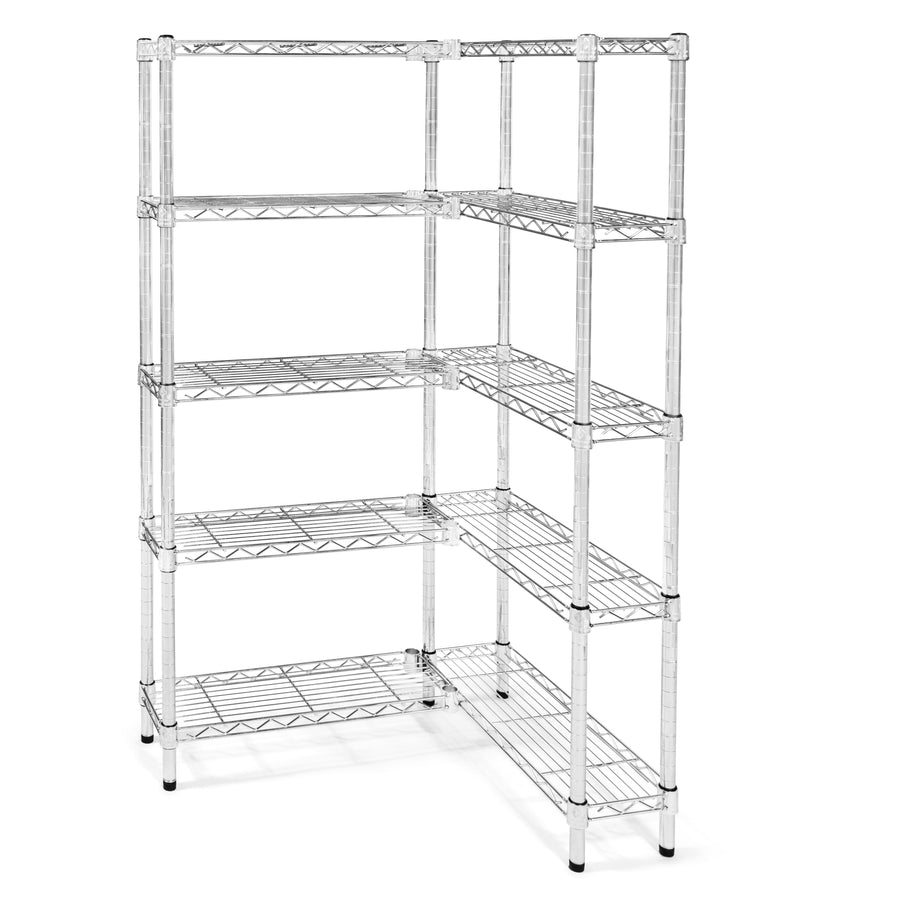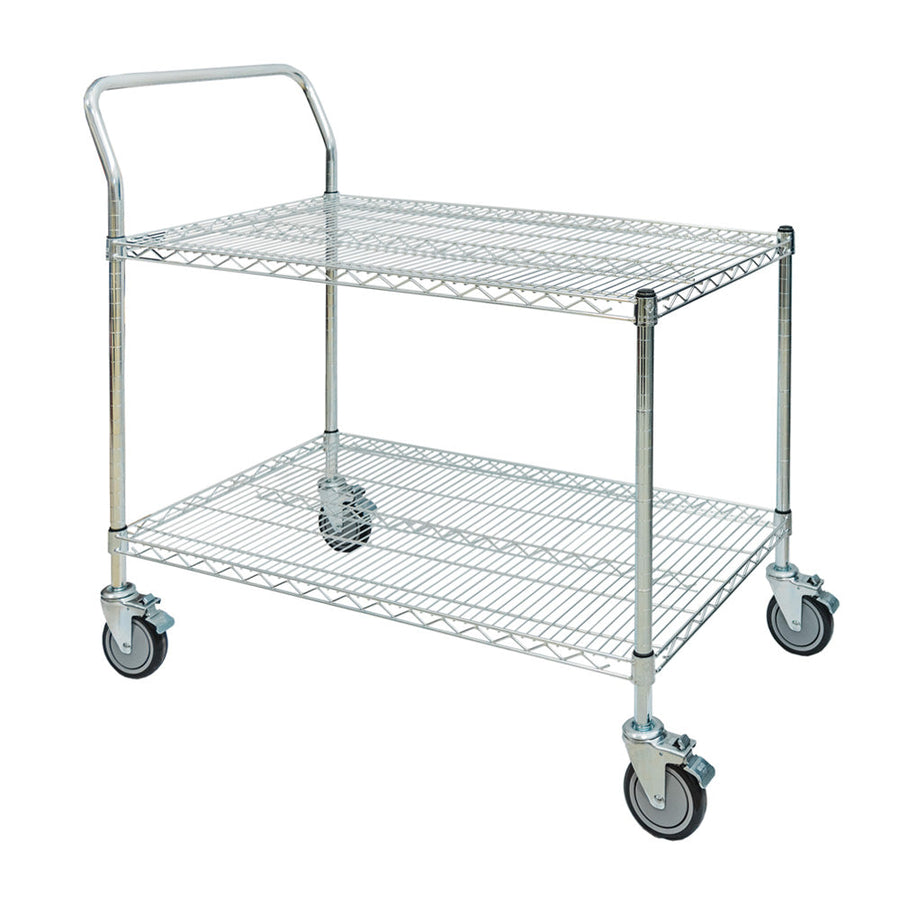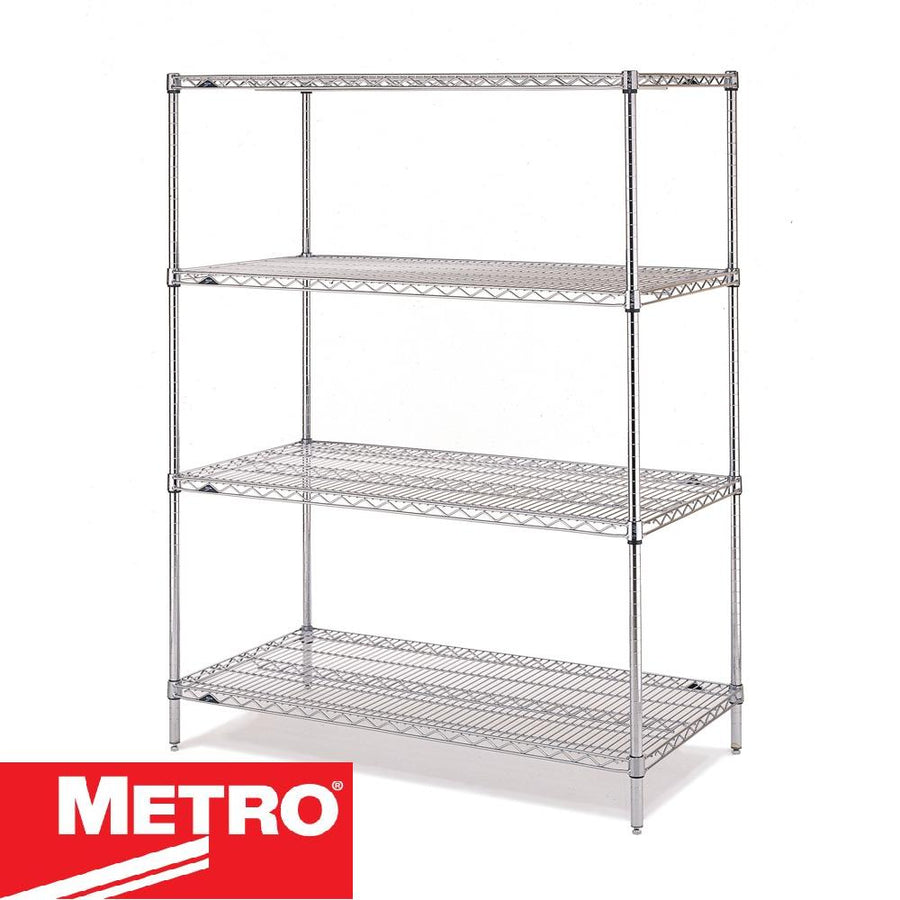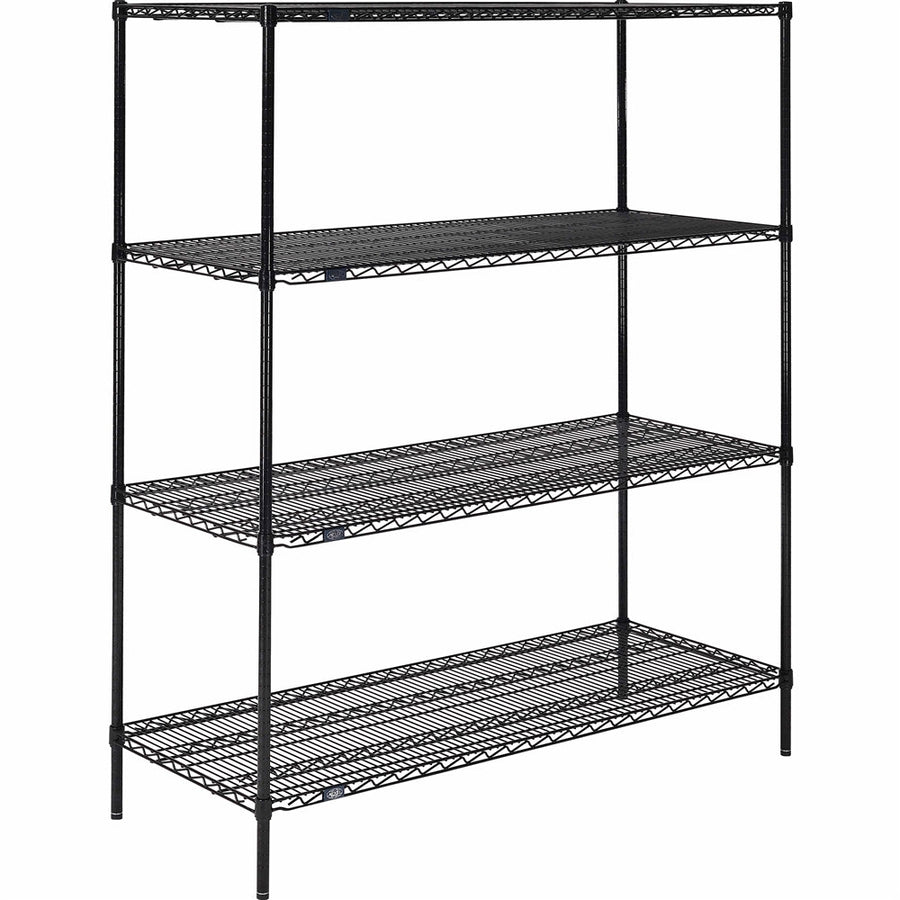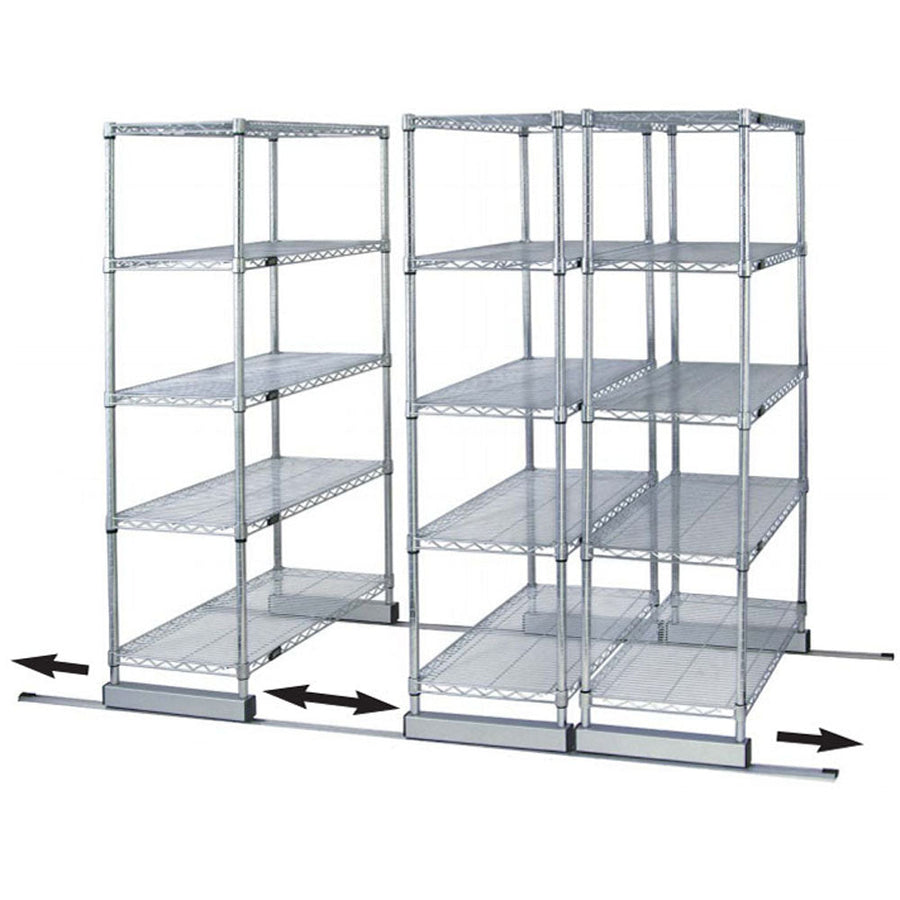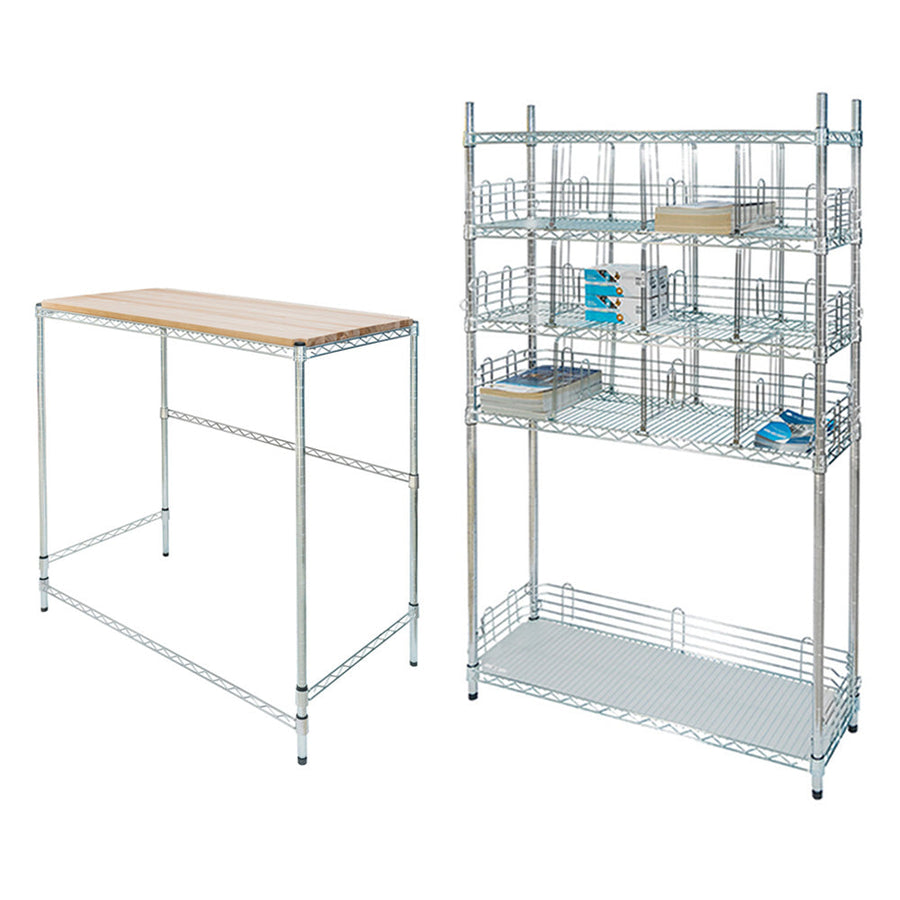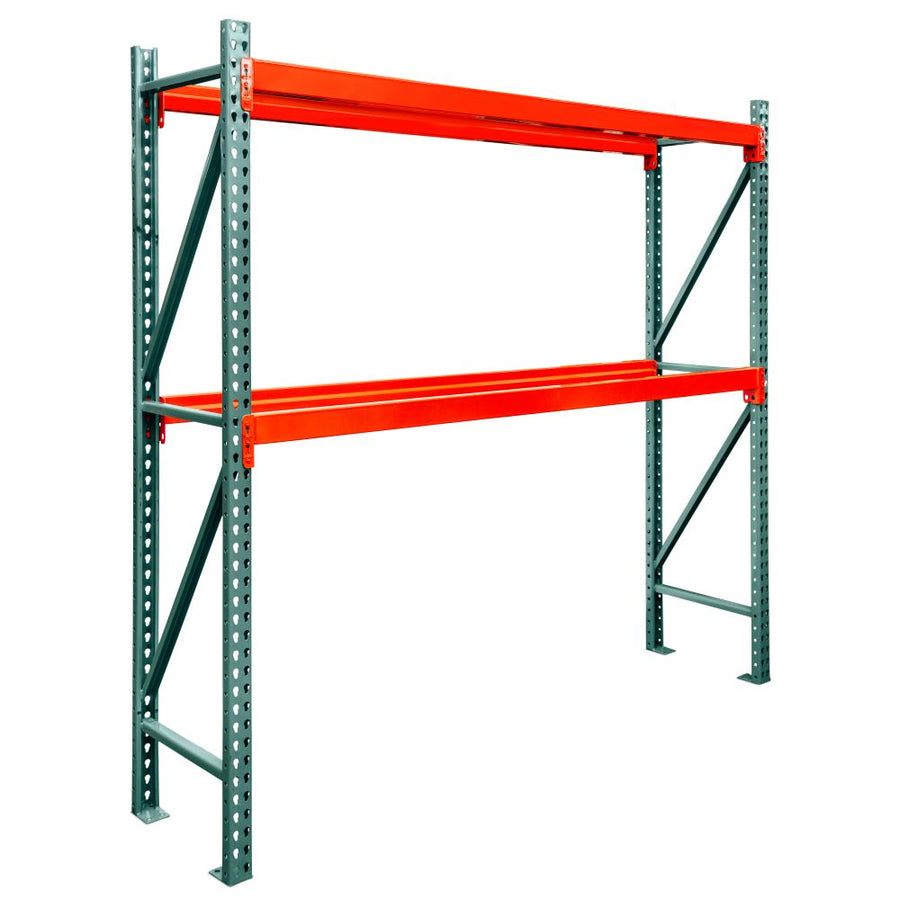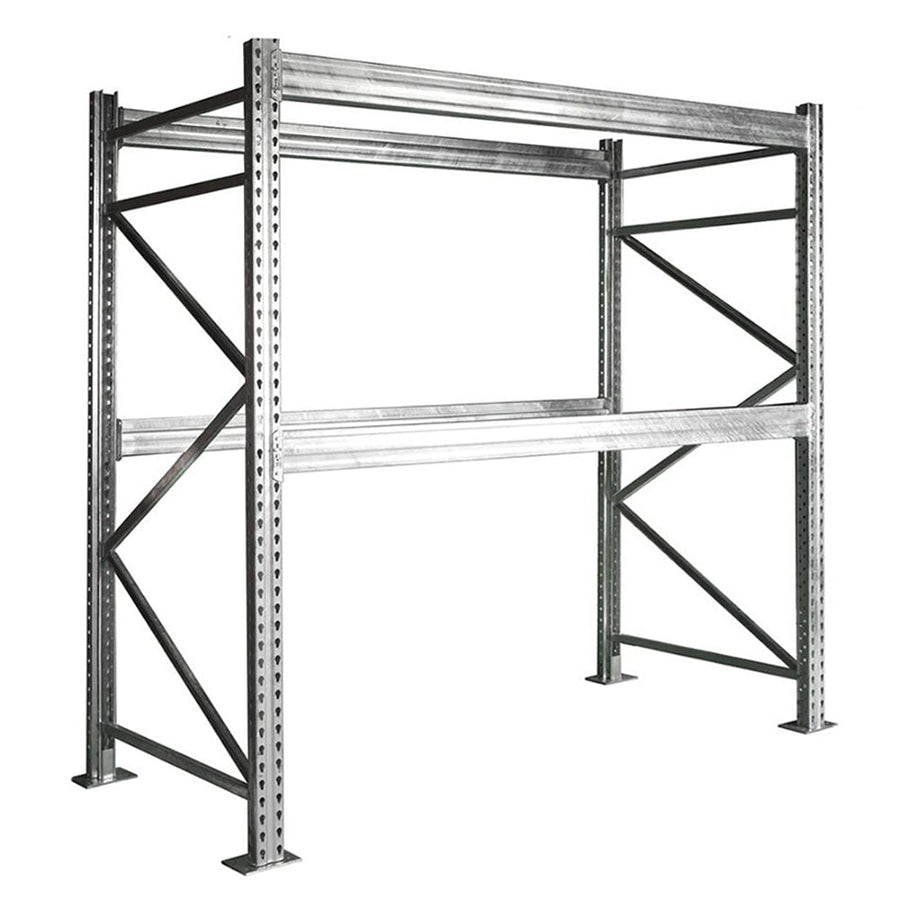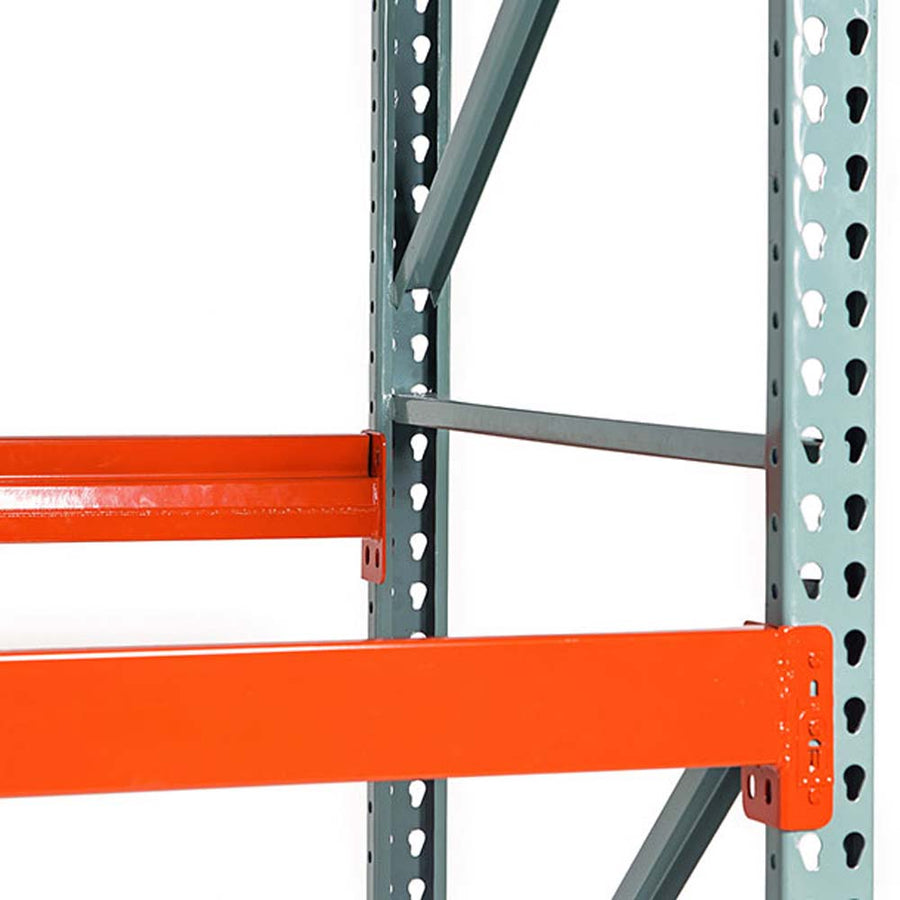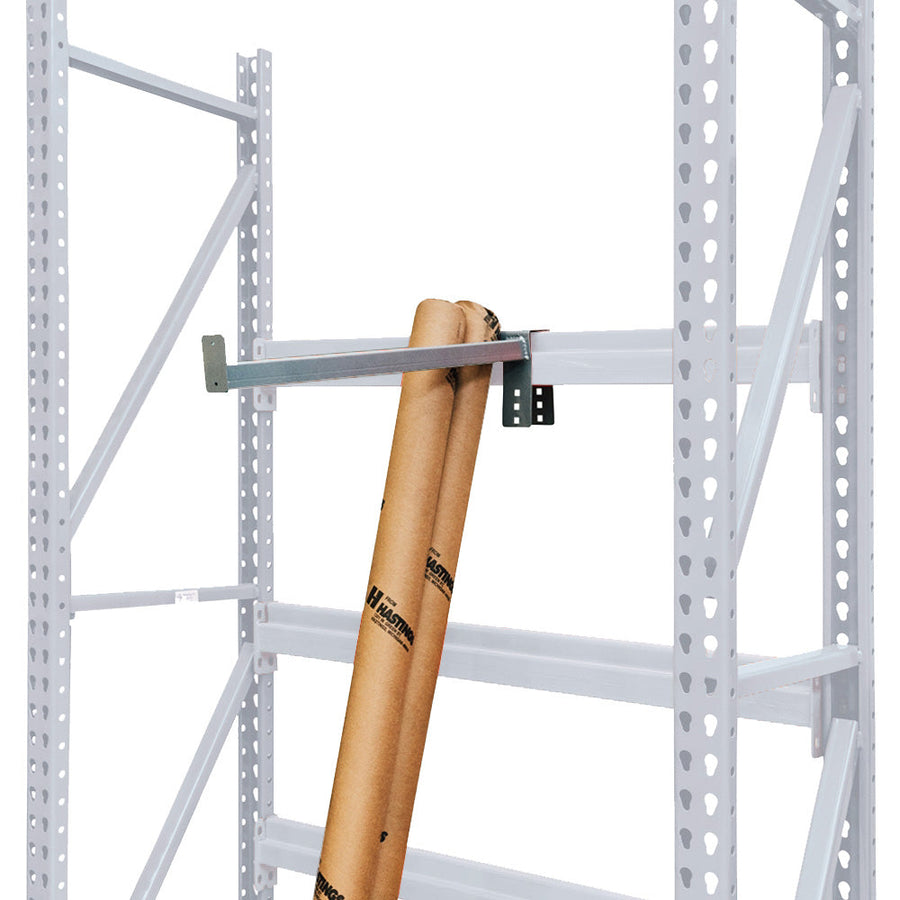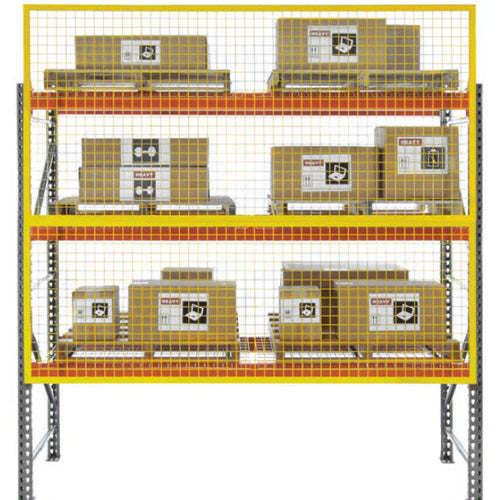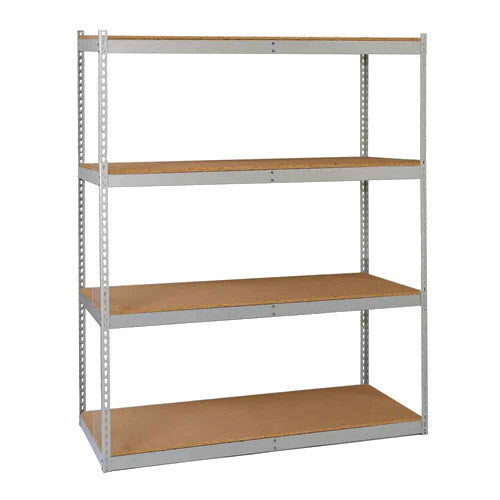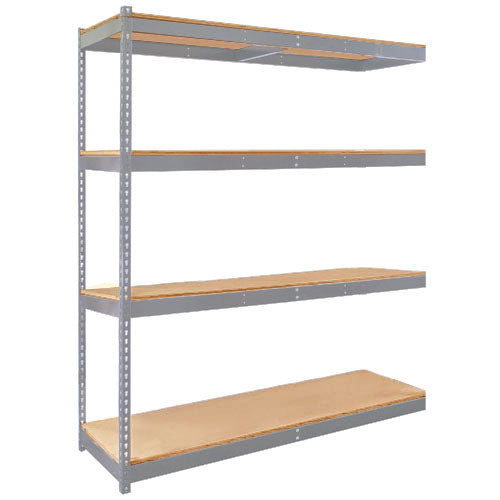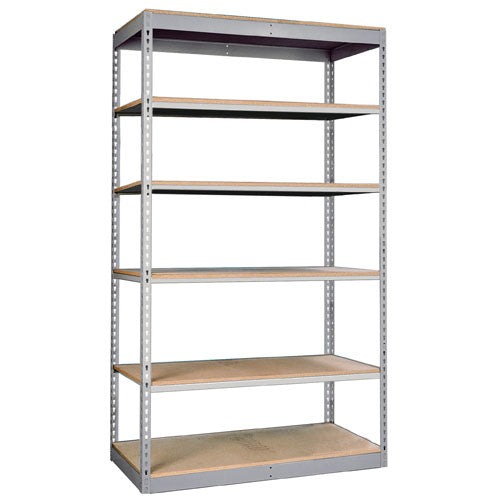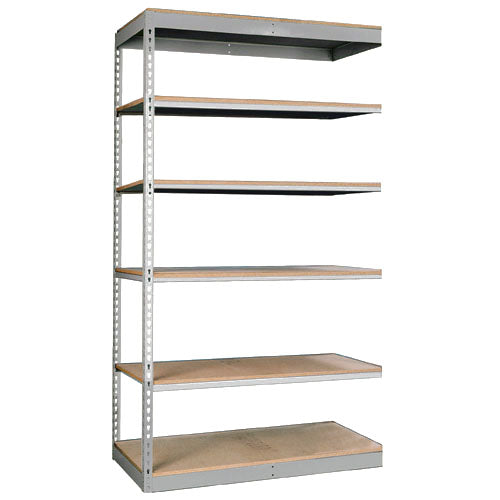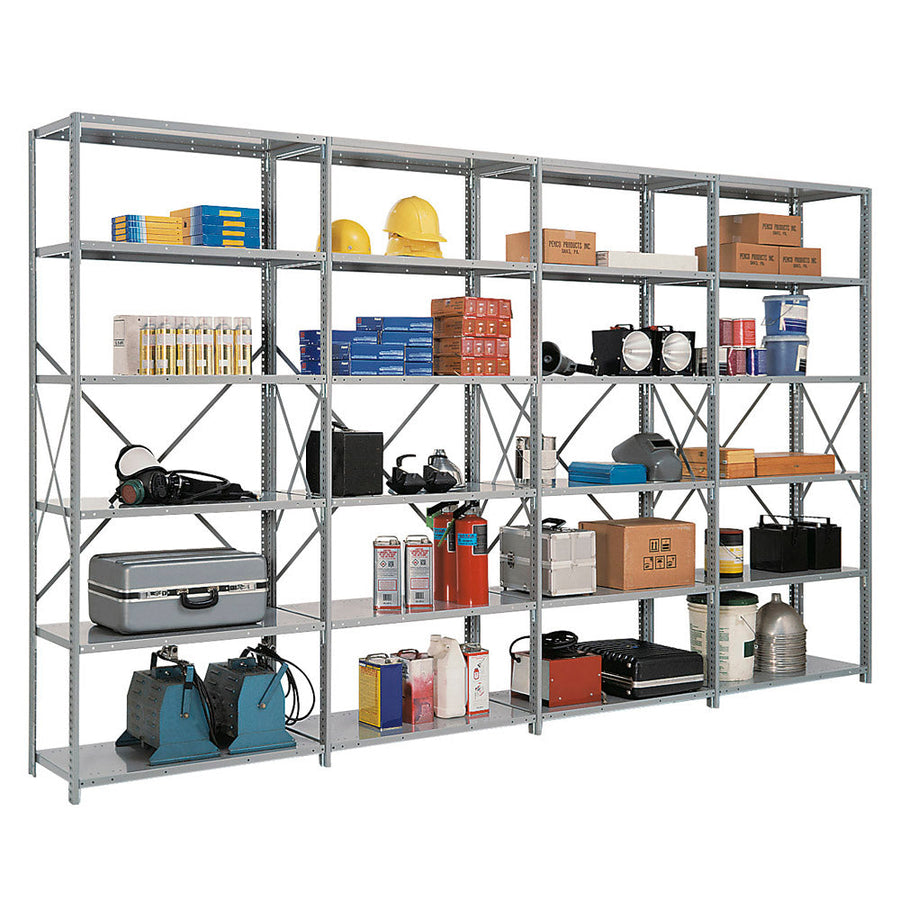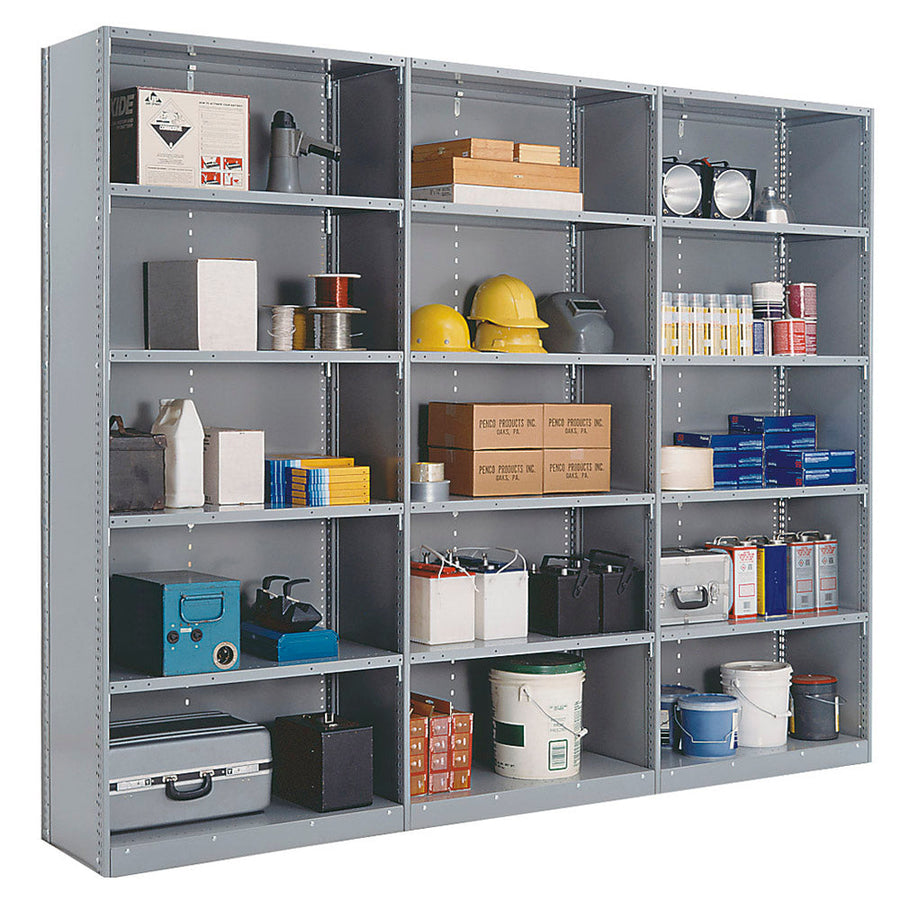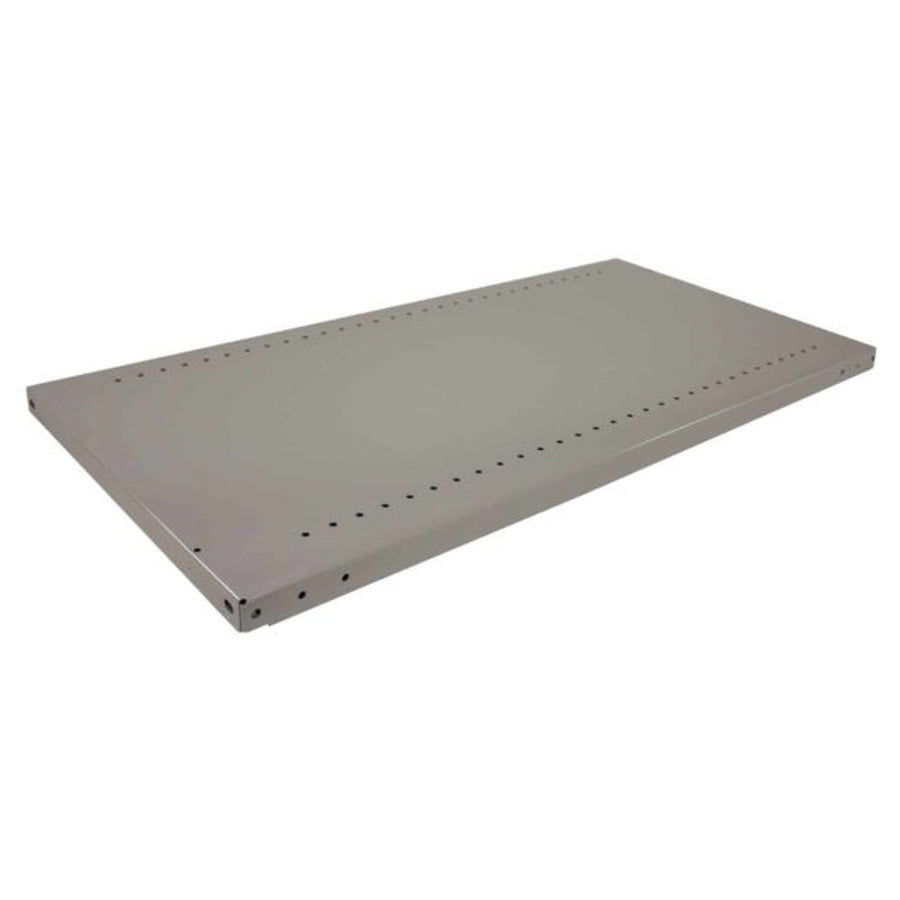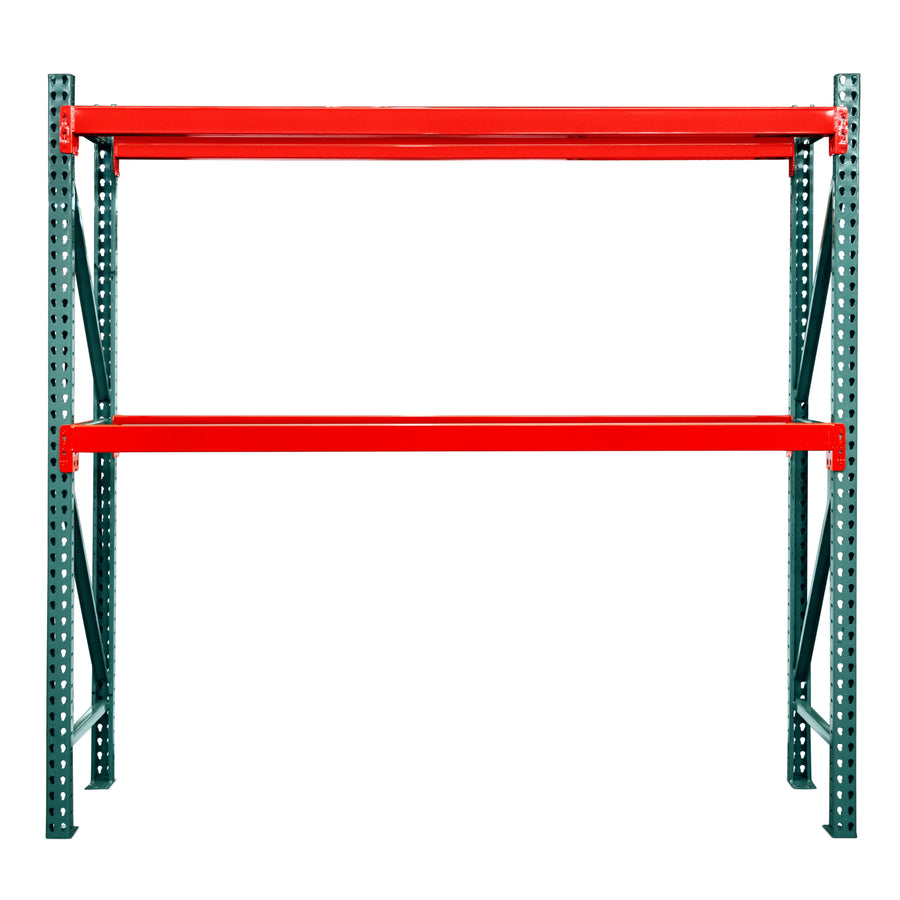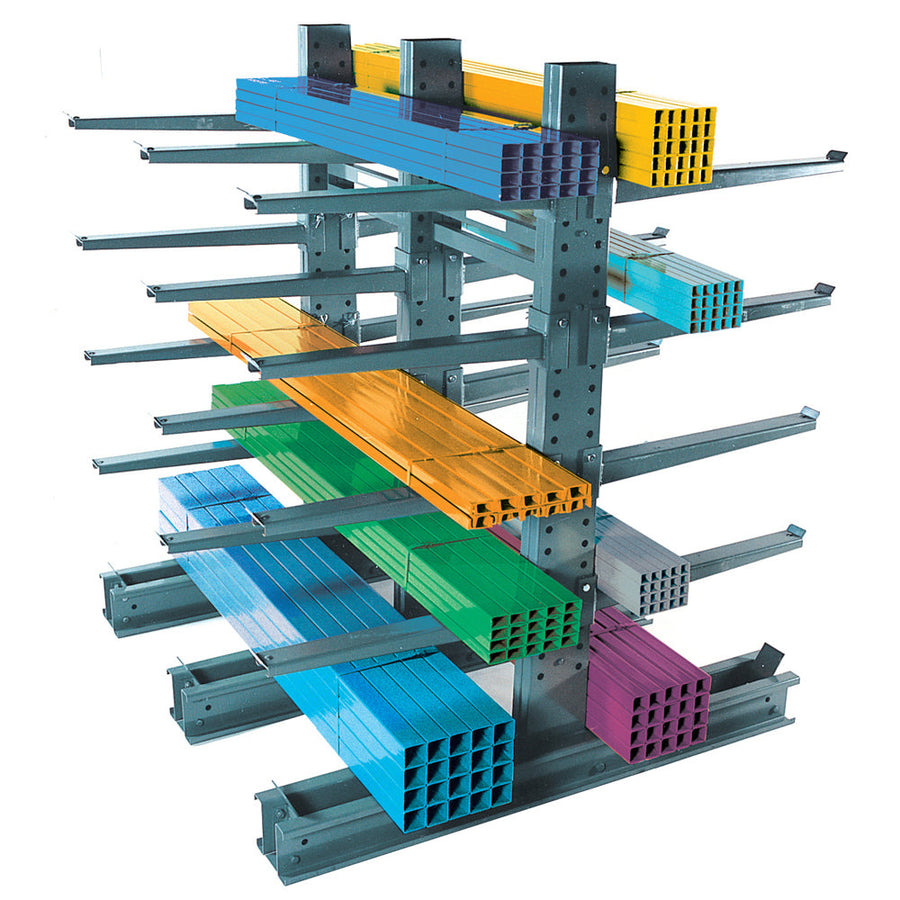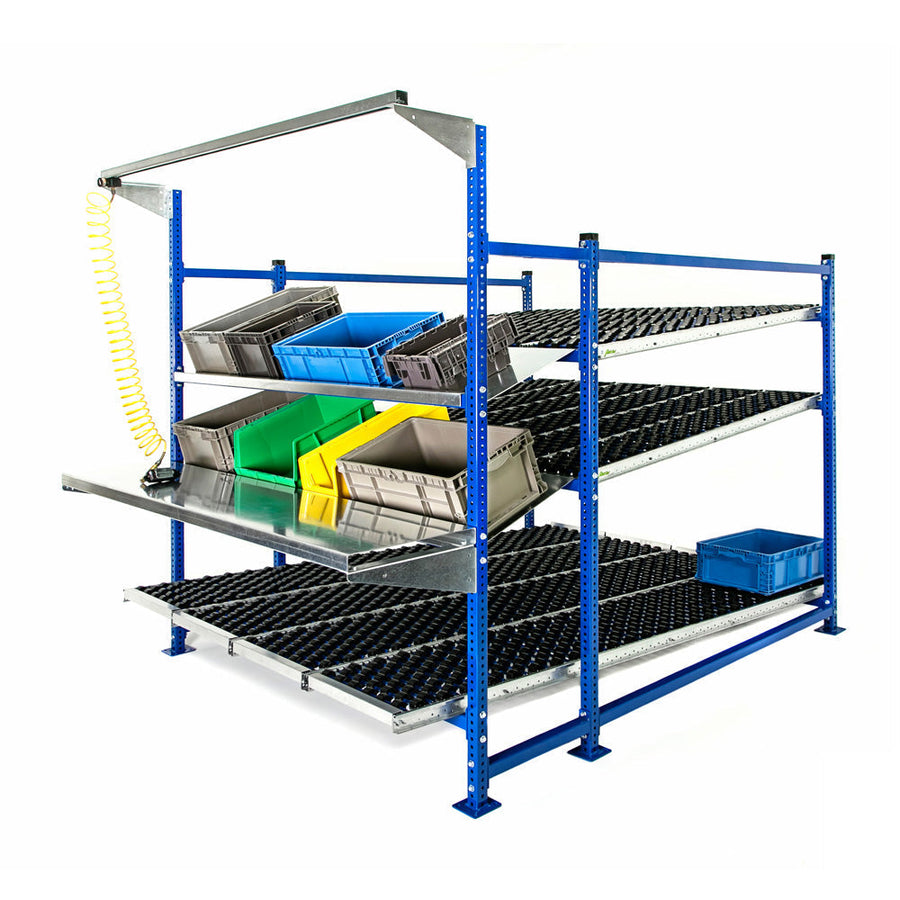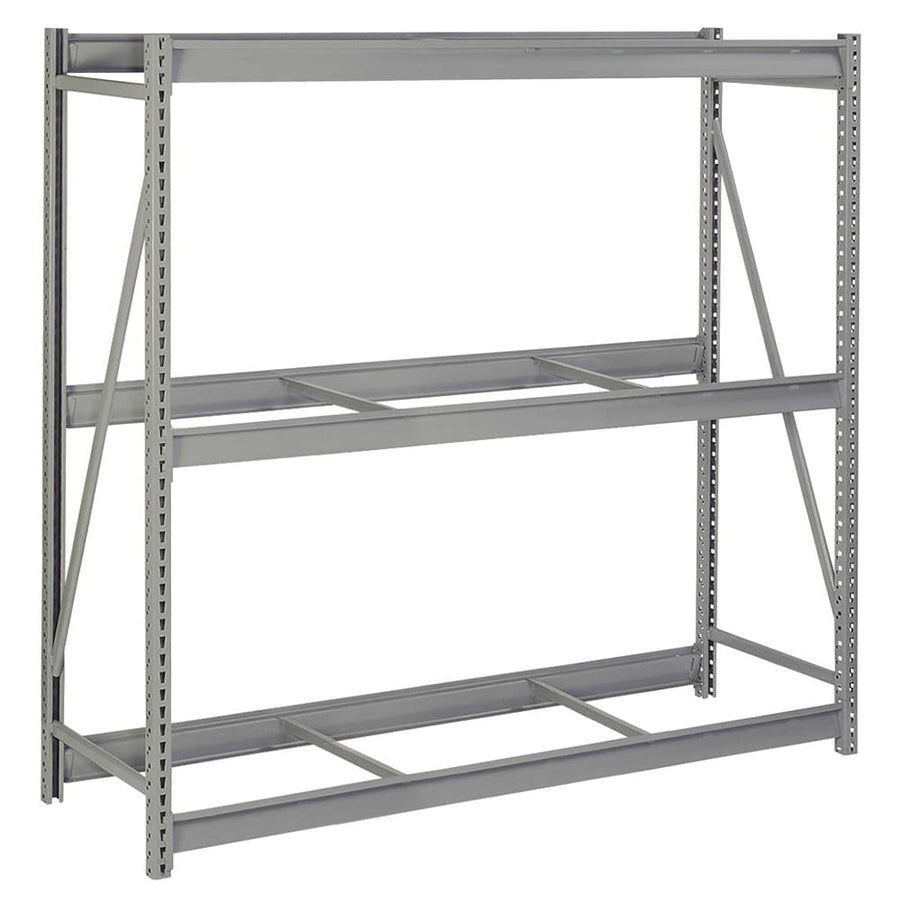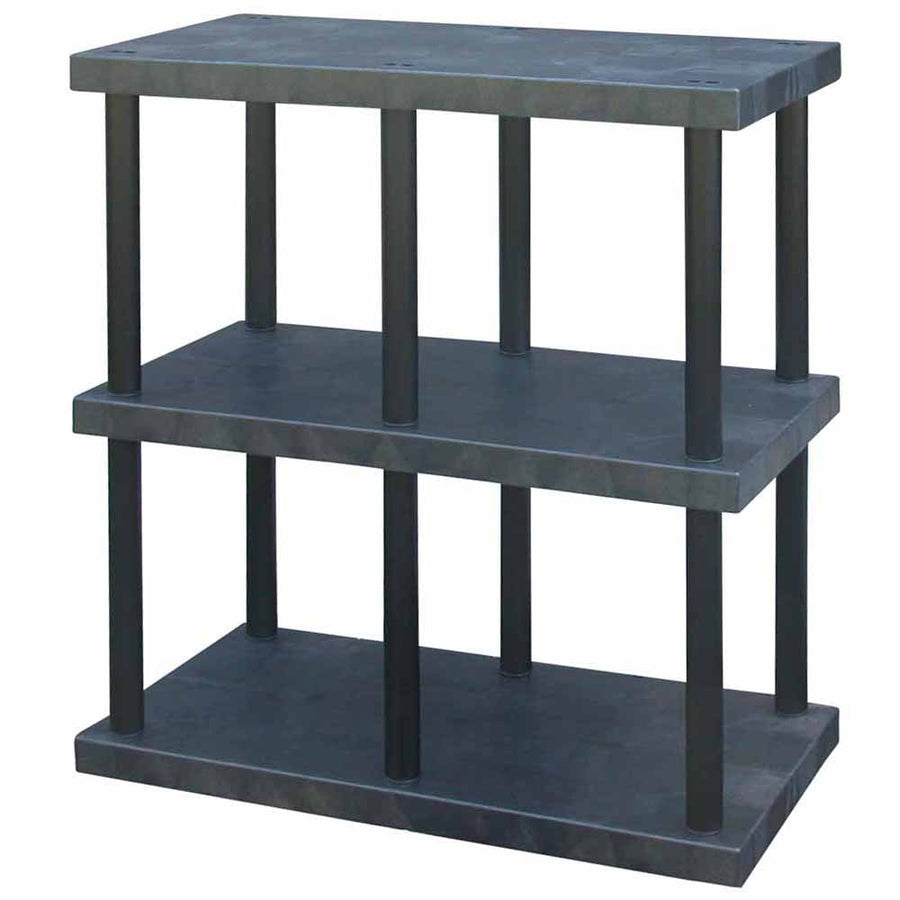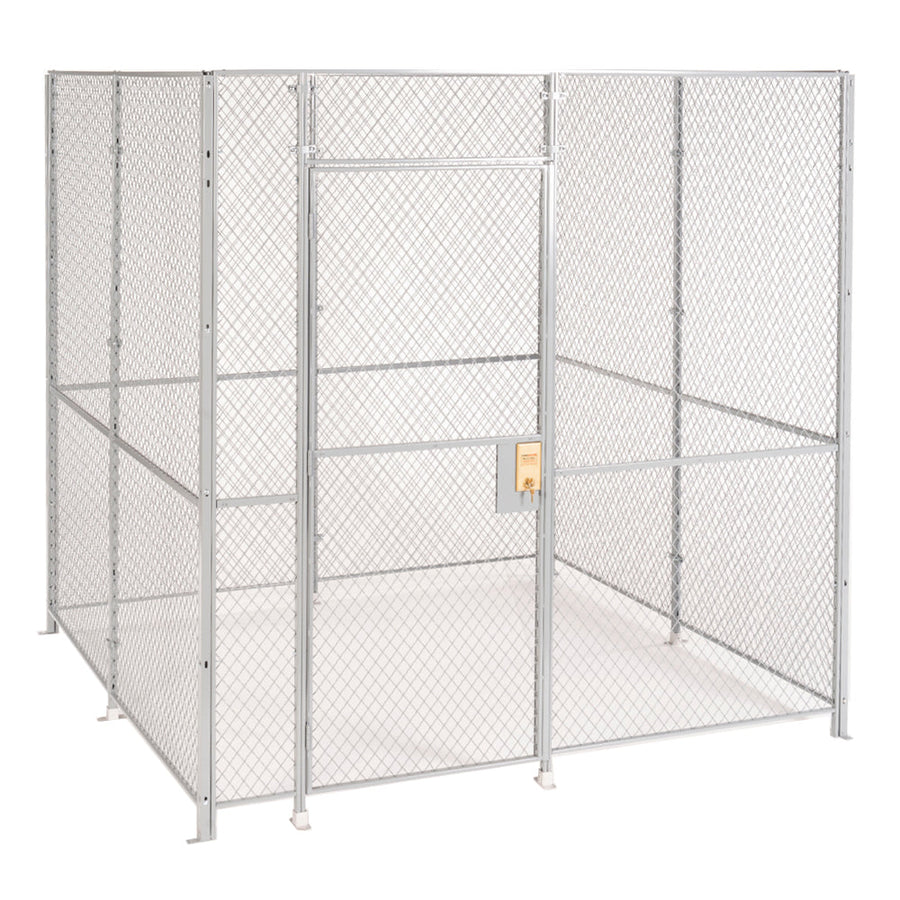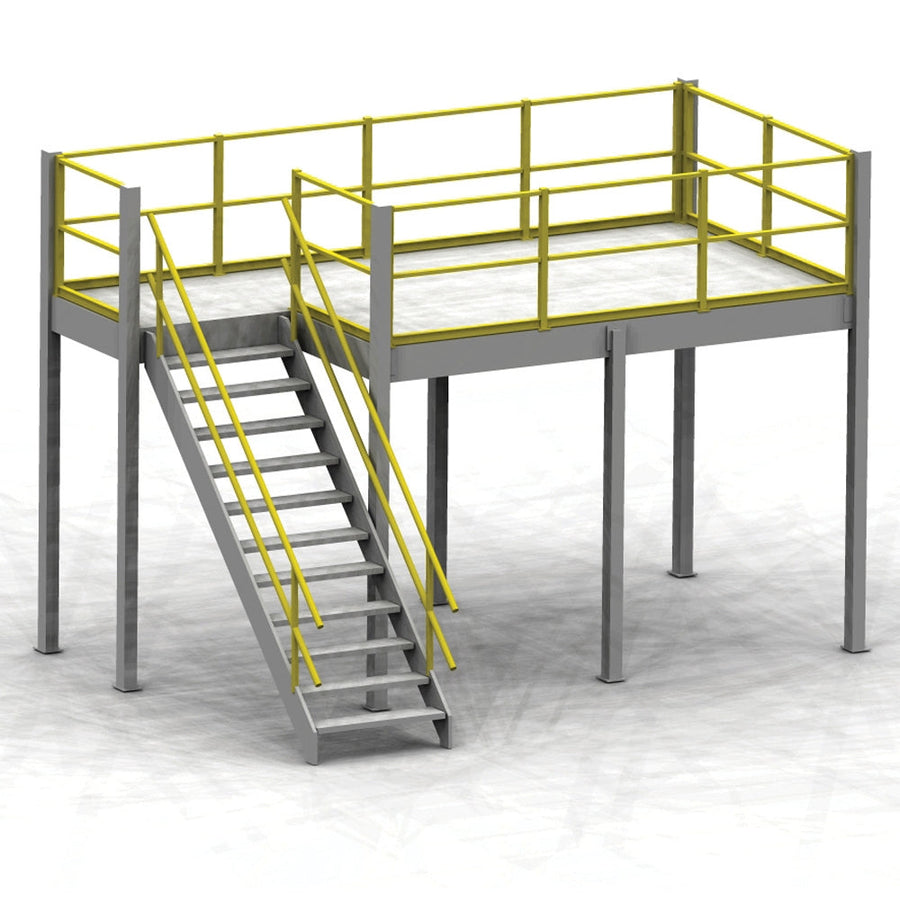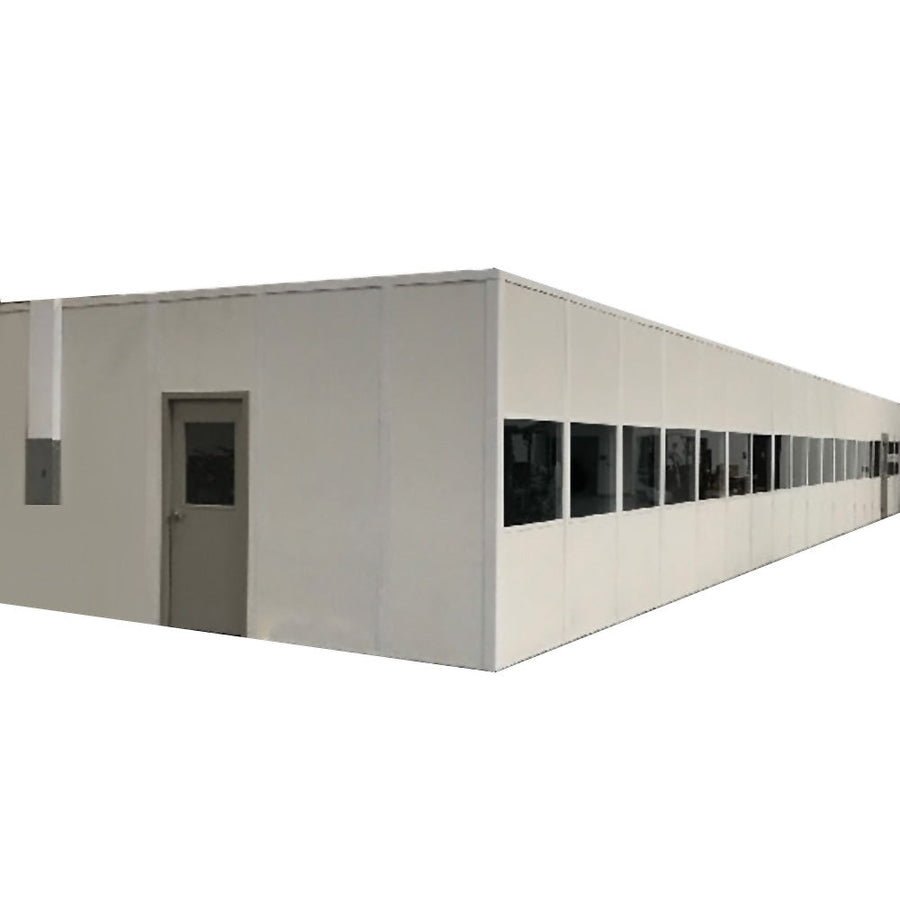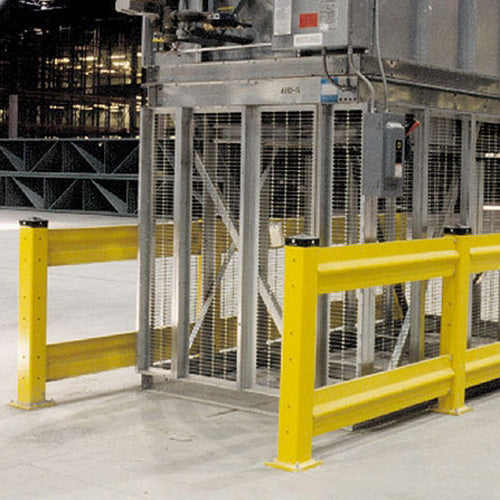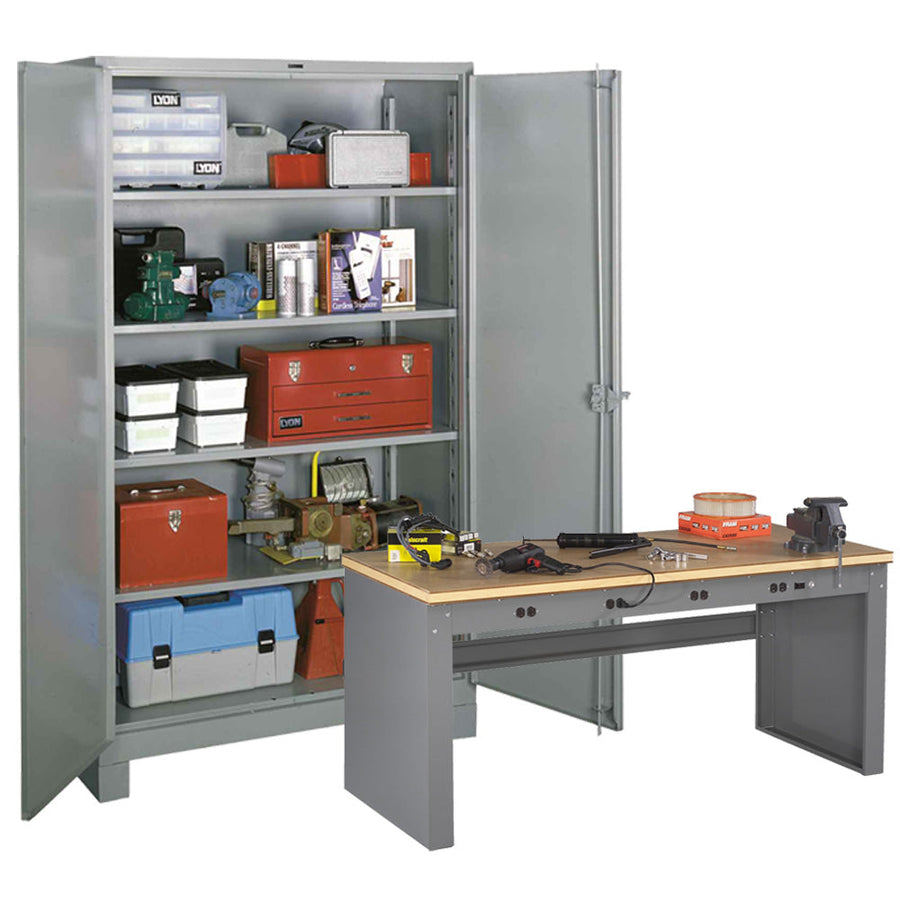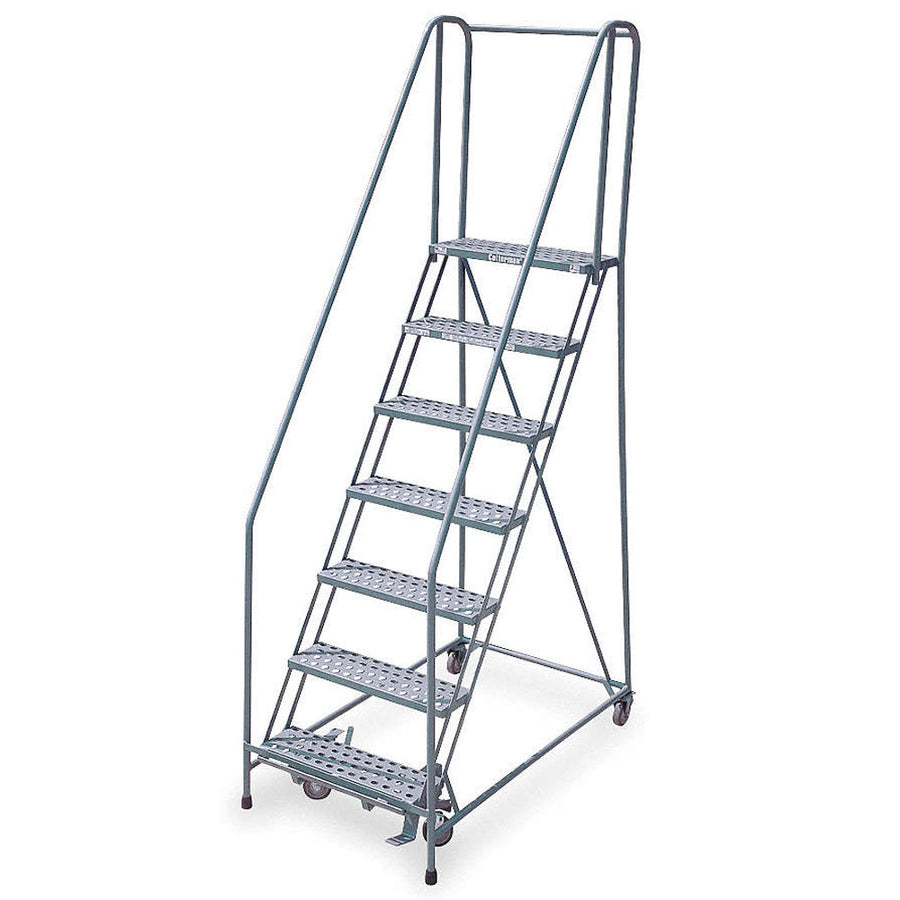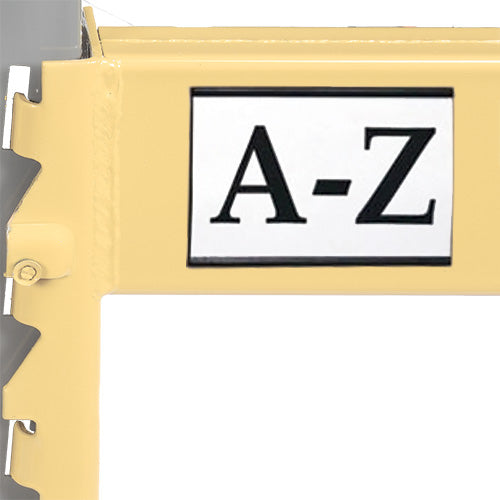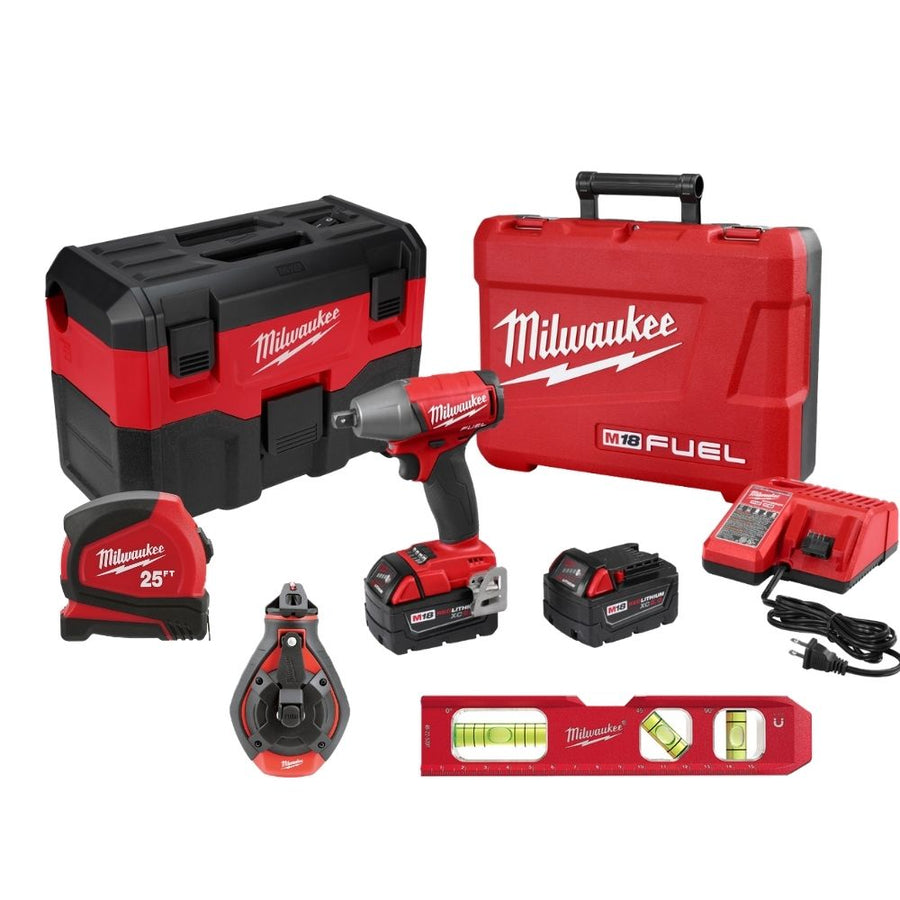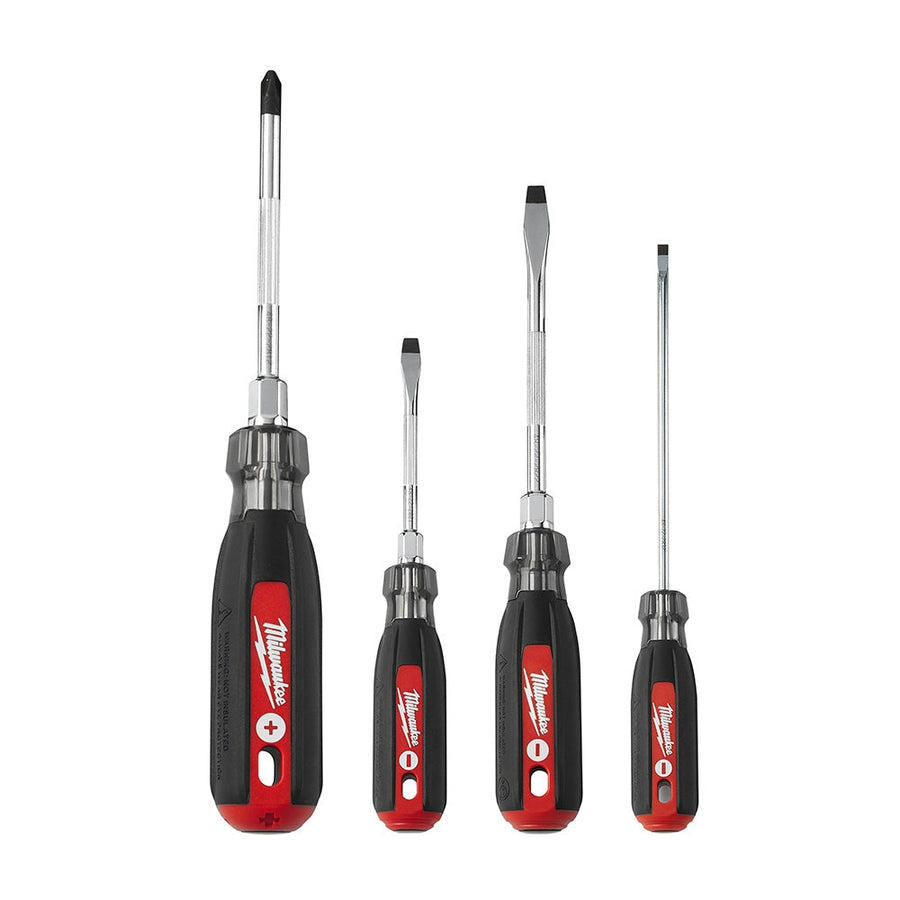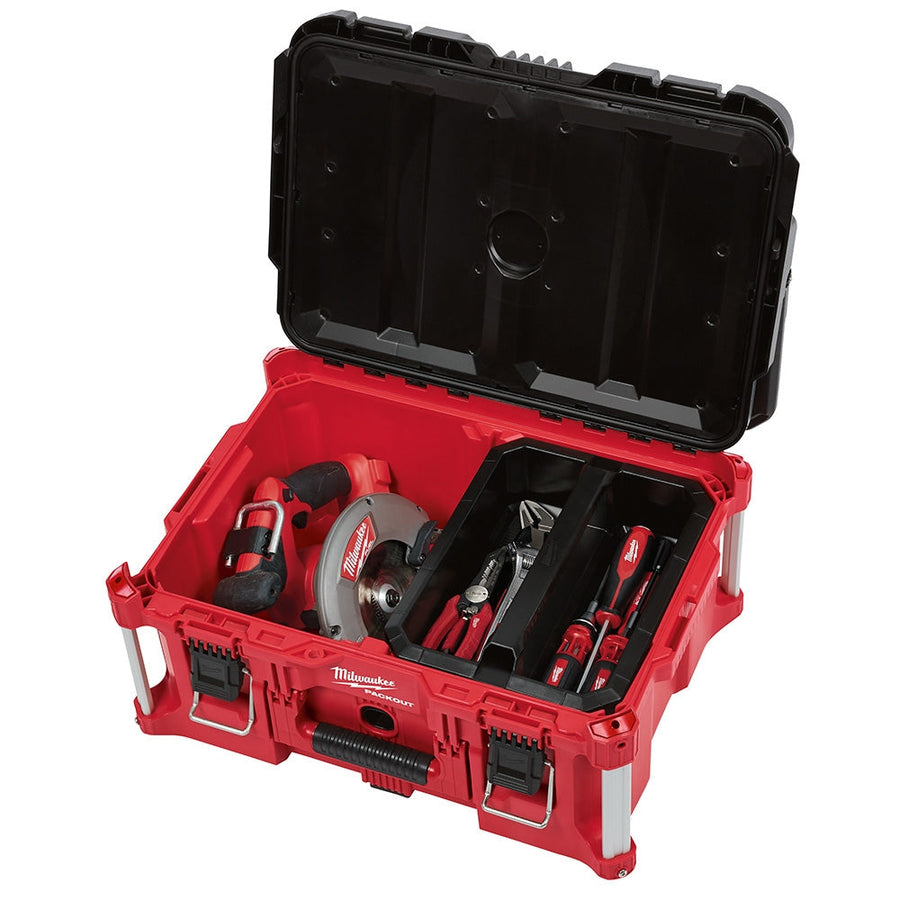Complying with supply chain rules and regulations is a must. Every year, many U.S. companies have to pay millions of dollars in penalties when supply chain compliance violations are discovered. In 2021, the Business Continuity Institute found that 83% of businesses experienced supply chain disruptions over the last year, many of which were not pandemic related.
Planning ahead for disruptions can help companies avoid reputational and financial loss. Being proactive and creating automated alerts for compliance risks among suppliers is an essential component of this process.
The Five W’s of Risk Assessment
Conducting a risk assessment protects all parties involved. The ultimate goal of partner and product risk analysis is to estimate the likelihood that a given company or its product could contribute to disruption.
A company's primary focus should be on mitigating, not necessarily eliminating, risk. While you may not be able to mitigate all risks, a proper risk assessment can help you to prioritize how to spend your resources.
A targeted risk assessment should look at the high priority partners that your company works with on a regular basis. Use the five W’s to determine how to move forward with your risk assessment:
- Who should be subject to risk assessment?
- What should the risk assessment cover?
- When should the risk assessment be performed?
- Where should the risk assessments take place?
- Why do the risk assessments?
For a company’s ‘who,’ consider all of your company’s crucial partners. The ‘what’ allows companies to identify all of the areas where you may experience disruptions, the companies risk tolerance, and the market in which you are doing business.
Conducting a risk assessment up front is best practice, but also determining a suitable time to follow-up and reassess will help customers to keep this a regular practice. Where to do the assessment is best determined by your work style. Remote assessment will keep the cost of analysis down and will determine who should be selected for in-person assessment.
Why Conduct a Risk Assessment
Perhaps the biggest W to consider is ‘why’. One of the reasons companies experience supply chain disruptions is because of a failure to properly vet partners.
The ultimate goal of partner and product risk analysis is to estimate the likelihood that a given company or its product could contribute to disruption in your supply chain, and what the potential consequences might be of such an occurrence. A successful risk assessment will help your company to create the highest functioning supply chain and work to mitigate as many disruptions as possible.
Click here to download the full whitepaper from Supply Chain Brain and Thomas Reuters.


